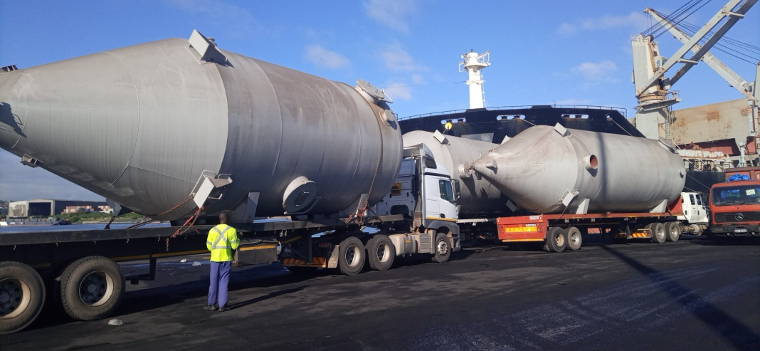Other inputs?
To produce 1.2 million metric tonnes of pig iron and carbon steel per year, Dinson will need 500 000 metric tonnes per year of ferrochrome per year. This is about five times what Afrochine is producing currently. Dinson will also need a million metric tonnes of coke per year. Coke, made from coal, is needed in steel manufacturing. The company plants to bring in the coke from Dinson Colliery in Hwange.
In 2018, government and Tsingshan officials said the new plant would also need a feed of about 200 000 tonnes of nickel, the metal used in the manufacture of stainless steel.
How to get the product to market?
A major piece of the puzzle is how the new plant would export the product, given Zimbabwe’s poor rail system.
When Tsingshan and the government signed their MoU in 2018, the company said it was in talks to partner with other investors for the rail line to the port in Mozambique.
According to the Dinson Project Manager, the current plan would mean upgrading the railway line from the site to Mvuma, to Gweru, and then onward to Rutenga and Mozambique. Long term, a new railway line would have to be run from Mvuma to Harare, Mutare, then Beira.
The company, in 2018, also said it would consider building a dedicated port to handle production from various operations in Zimbabwe. There has been no update yet on this.
How does it measure up on size?
Zimbabwe officials often tout Manhize as the largest steel plant in Africa. It will certainly not be the biggest – at least not until it ramps up beyond 1.2 million tonnes a tear – but it will be among some of the largest steel plants on the continent.
ArcelorMittal’s steel plant in Vanderbijlpark, South Africa, has wo blast furnaces with capacities of 1.3 million tonnes and 1.9 million each. The largest steel mill in Egypt, Al Ezz Dekheila Steel, has a total capacity of 3.2 million tonnes per annum. Manhize’s 1.2 million tonnes per year would place it at par with Uganda’s Tembo Steels.
In July, the company employed 600 people, mostly construction workers. Of these, 40 were foreign.-NewZWire
(203 VIEWS)


